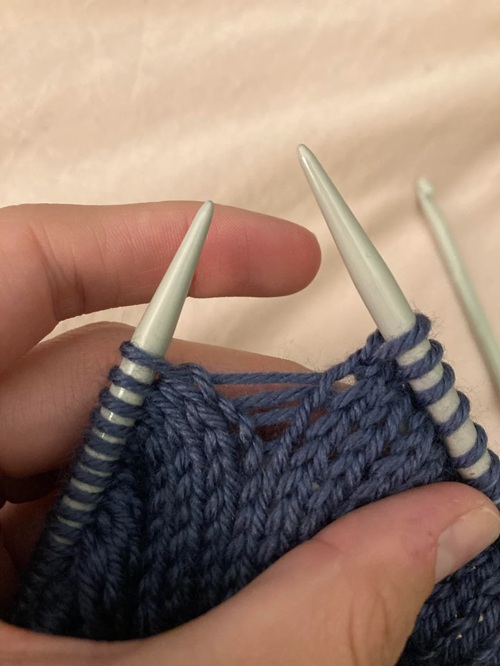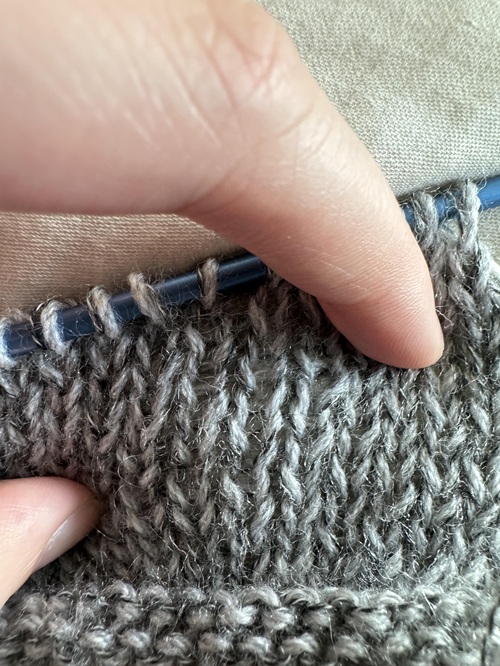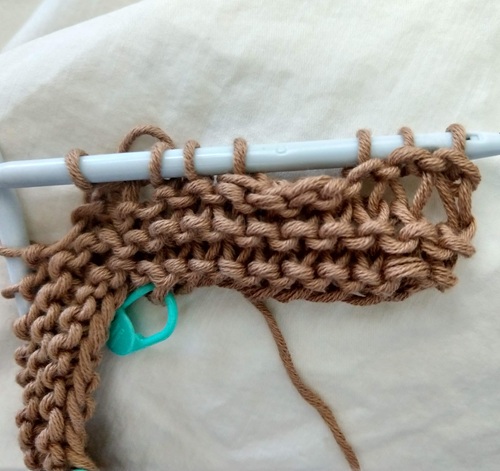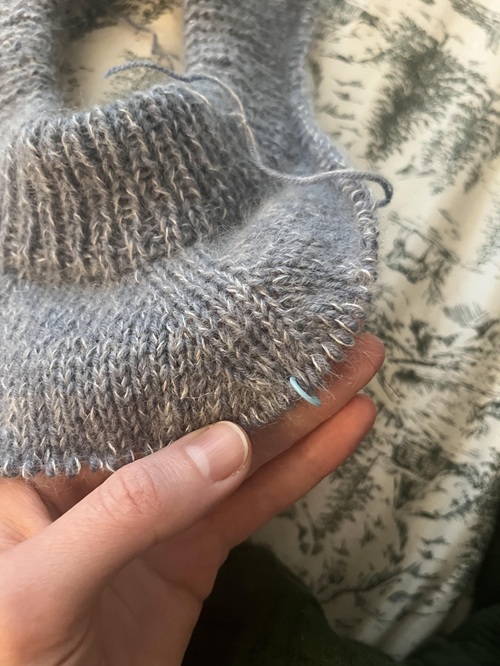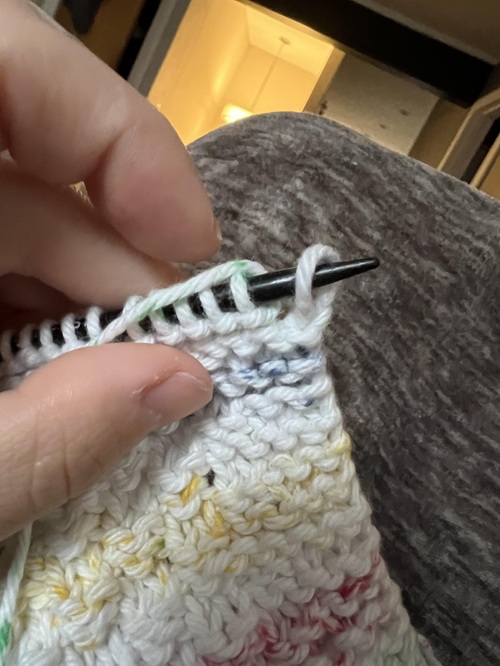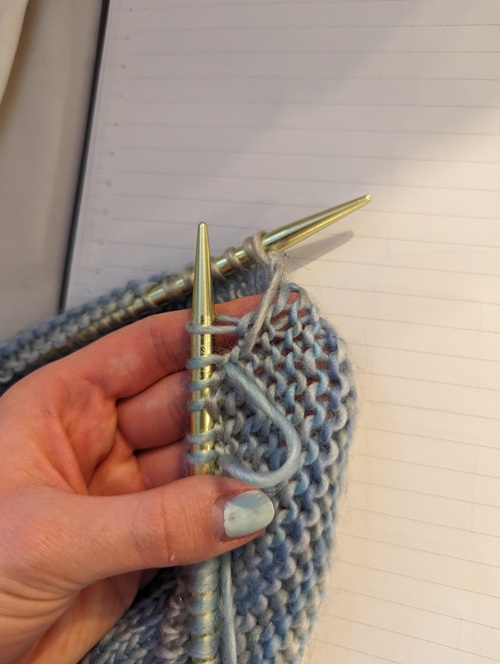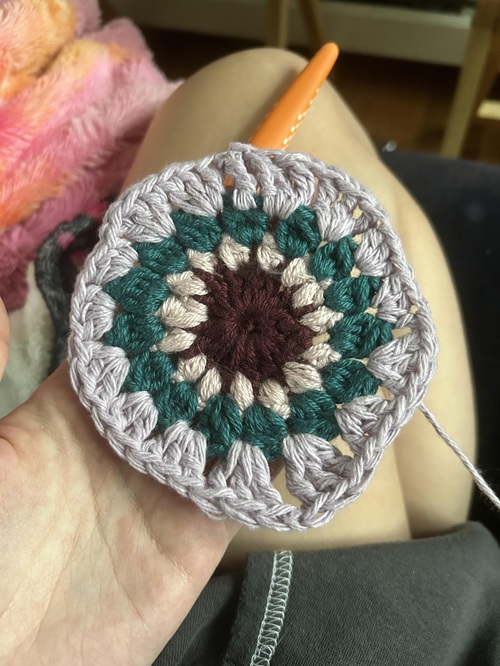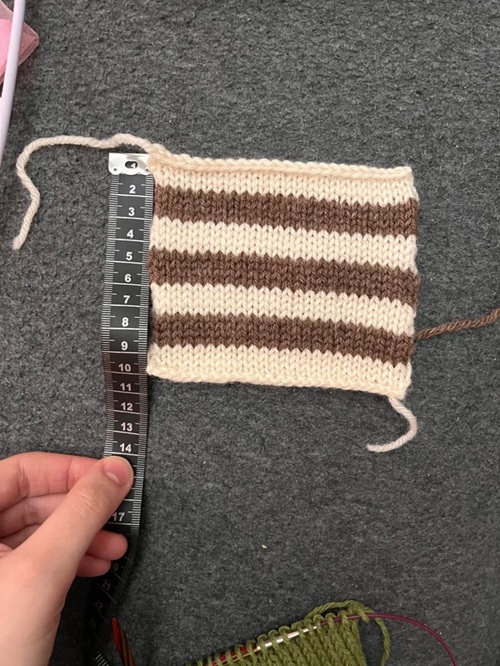New to knitting? Discover common mistakes and easy ways to fix them so your projects turn out just right every time.
Knitting mistakes are common, especially for beginners, but most are easy to fix. From dropped stitches to uneven tension, understanding what went wrong helps you improve. This guide covers simple solutions to the most common knitting errors, so you can keep your projects neat, stress-free, and fun to make.
Common Knitting Mistakes and Fixes
1. Dropped Stitches
One of the most common mistakes is if your stitch has slipped off the needle and unraveled down several rows. Pull up a dropped stitch, back up row by row, using a crochet hook. Pull the loops for garter stitch alternately from front to back. Secure the stitch back on the left needle and continue knitting.
2. Twisted Stitches
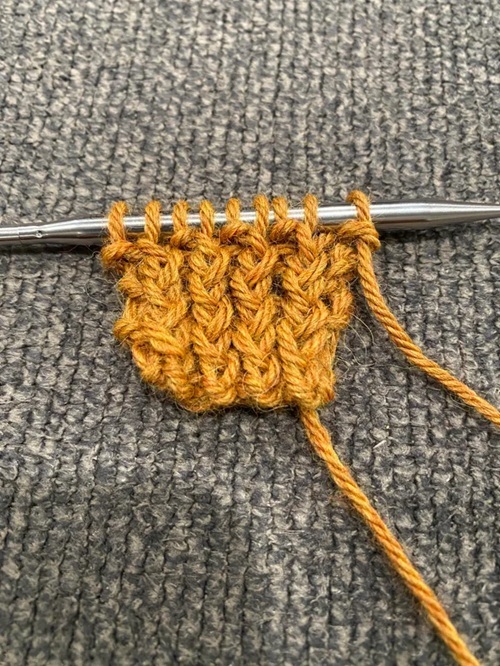
If you insert the needle incorrectly or knit through the wrong leg, then the stitch is twisted. Check the stitch orientation on the next row. Knit or purl through the back loop if it twisted. Alternatively, slip the stitch, reposition i,t, and knit normally.
3. Uneven Tension
A bumpy fabric is created if your stitches are loose in some areas and tight in others. Practice consistent hand movements and finger positioning. Use a yarn guide ring to maintain even tension. Relax your grip tension, as it will help improve mindfulness and enhance your experience.
4. Losing Track of Rows or Stitches
If you’ve forgotten which row or stitch you’re on in a pattern repeat, then use a row counter or a pen-and-paper tally system. Place the stitch markers properly between pattern repeats to stay organized. Refer to the structure of the previous rows to determine your position if you’re unsure.
5. Incorrect Increases or Decreases
If your shaping looks lopsided or you accidentally create holes in the fabric, then always double-check the pattern’s increase or decrease method. If you’ve created a hole from a yarn-over, then undo it and re-knit the row. Use lifelines, which are scrap yarn threaded through a good row to safely rip back.
6. Forgetting to Slip the First Stitch
If the edges of your knitting are uneven and loopy, slipping the first stitch knitwise or purlwise creates a neat, chain-like edge. If already knitted, then try seaming or blocking the edges to reduce curl and unevenness.
7. Accidentally Adding or Dropping Stitches
If your project unintentionally grows or shrinks, ensure that you count the stitches at the end of each row. Look out for accidental yarn overs or skipped stitches. To spot discrepancies, use stitch markers every 10 stitches for longer rows.
8. Starting with a Tight Cast-On
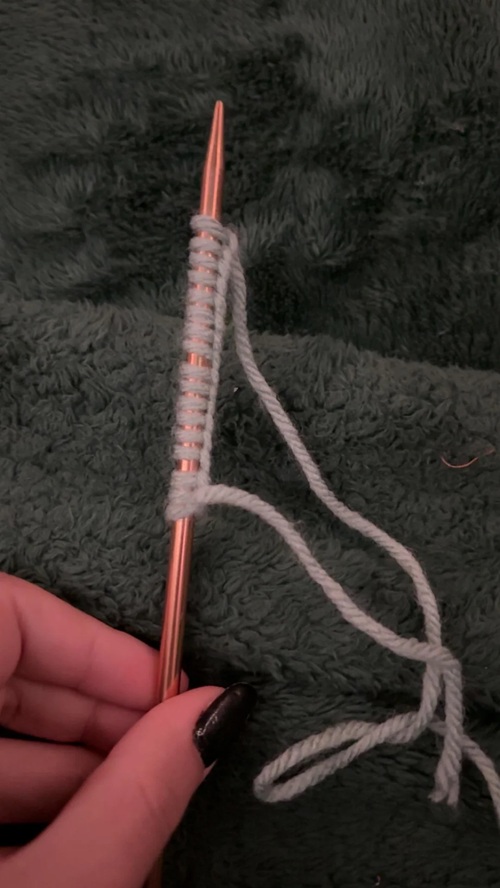
If the start of your project is tight and doesn’t stretch with the rest of the fabric, ensure that you use a stretchy cast-on method, such as the long-tail or German twisted cast-on. If you’ve already cast on tightly, then try soaking and blocking it to stretch it slightly.
9. Misreading the Pattern
Always thoroughly read the entire pattern before starting and mark your progress using a highlighter or digital notes. However, if you’ve misunderstood or skipped a section in the pattern, consider joining knitting forums or groups to ask clear questions.
10. Ignoring Gauge
If your finished piece is too big or too small, try adjusting the needle size up or down to match the recommended gauge. Keep your swatch after knitting, as it is a useful reference. Also, ensure that you knit a gauge swatch before beginning the project.

